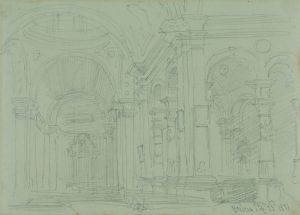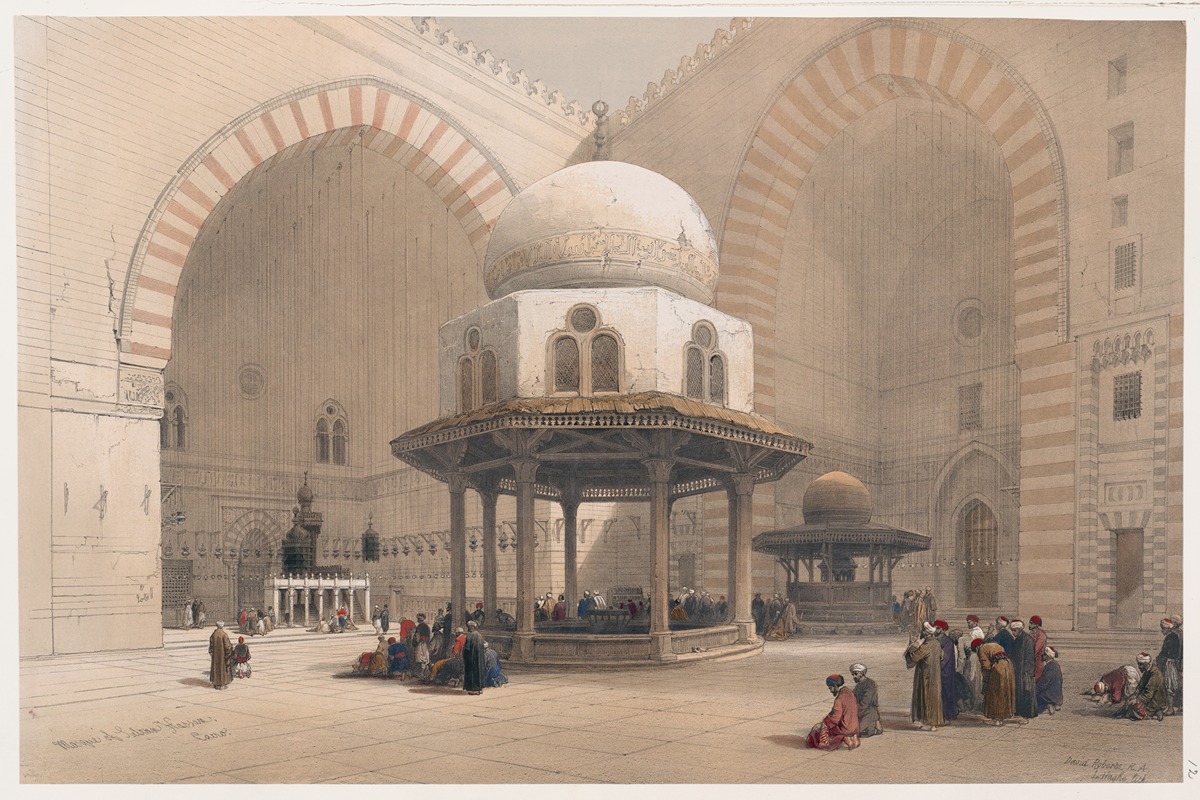
Mosque of Sultan Hassan, Cairo.
A hand-painted replica of David Roberts’s masterpiece Mosque of Sultan Hassan, Cairo., meticulously crafted by professional artists to capture the true essence of the original. Each piece is created with museum-quality canvas and rare mineral pigments, carefully painted by experienced artists with delicate brushstrokes and rich, layered colors to perfectly recreate the texture of the original artwork. Unlike machine-printed reproductions, this hand-painted version brings the painting to life, infused with the artist’s emotions and skill in every stroke. Whether for personal collection or home decoration, it instantly elevates the artistic atmosphere of any space.
David Roberts was a Scottish painter known for his detailed and accurate depictions of architectural and historical subjects. One of his notable works is the painting "Mosque of Sultan Hassan, Cairo," which captures the grandeur and architectural splendor of the Mosque-Madrassa of Sultan Hassan, an iconic monument in Cairo, Egypt.
The Mosque-Madrassa of Sultan Hassan is a remarkable example of Mamluk architecture, constructed between 1356 and 1363 during the reign of Sultan Hassan, who ruled Egypt from 1347 to 1351 and again from 1354 to 1361. The mosque is located near the Citadel of Cairo and is considered one of the largest and most impressive mosques in the Islamic world. Its architectural design is notable for its massive scale, intricate decorations, and innovative use of space.
David Roberts visited Egypt in the early 19th century, a time when European interest in the Middle East was growing, partly due to Napoleon's campaign in Egypt and the subsequent scholarly and artistic endeavors it inspired. Roberts traveled extensively throughout Egypt, capturing its landscapes, monuments, and daily life in a series of sketches and paintings. His works were later published as lithographs, which gained widespread popularity and contributed to the Western fascination with the Orient.
In "Mosque of Sultan Hassan, Cairo," Roberts meticulously depicts the mosque's grand facade, highlighting its monumental entrance, towering minarets, and the intricate stonework that characterizes Mamluk architecture. The painting reflects Roberts' keen eye for detail and his ability to convey the scale and majesty of the structures he portrayed. His use of light and shadow adds depth to the scene, emphasizing the mosque's architectural features and the play of sunlight on its surfaces.
Roberts' work is significant not only for its artistic merit but also for its historical value. His paintings provide a visual record of 19th-century Egypt, capturing the architectural heritage of a region undergoing significant change. The accuracy and detail of his depictions make them valuable resources for historians and scholars studying the period.
The Mosque-Madrassa of Sultan Hassan remains a vital part of Cairo's architectural landscape, admired for its historical significance and architectural beauty. Roberts' painting continues to be appreciated for its artistic quality and its role in documenting one of Cairo's most important historical sites. Through his work, Roberts contributed to a greater understanding and appreciation of Middle Eastern architecture and culture in the Western world.





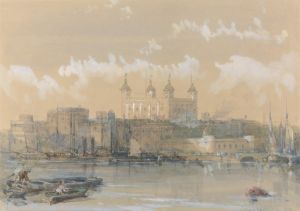
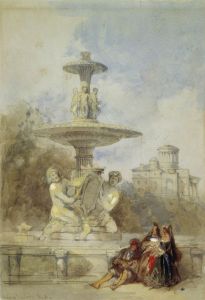
![Gate of the Metwaleys [Bab Zuwayla], Cairo.](/imgs/217486/s/david-roberts-gate-of-the-metwaleys-bab-zuwayla-cairo-669b6ca3.jpg)
![Karnac [Karnak]. Nov. 29th, 1838](/imgs/217503/s/david-roberts-karnac-karnak-nov-29th-1838-5a10b435.jpg)
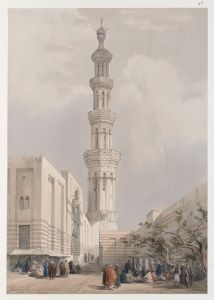

![Portico of the Temple of Edfou [Idfû], Upper Egypt. Nov. 23rd, 1838.](/imgs/217527/s/david-roberts-portico-of-the-temple-of-edfou-idfu-upper-egypt-nov-23rd-1838-79b6cf5b.jpg)
![Temple of Dandour [Dendûr], Nubia.](/imgs/217545/s/david-roberts-temple-of-dandour-dendur-nubia-8921547f.jpg)
